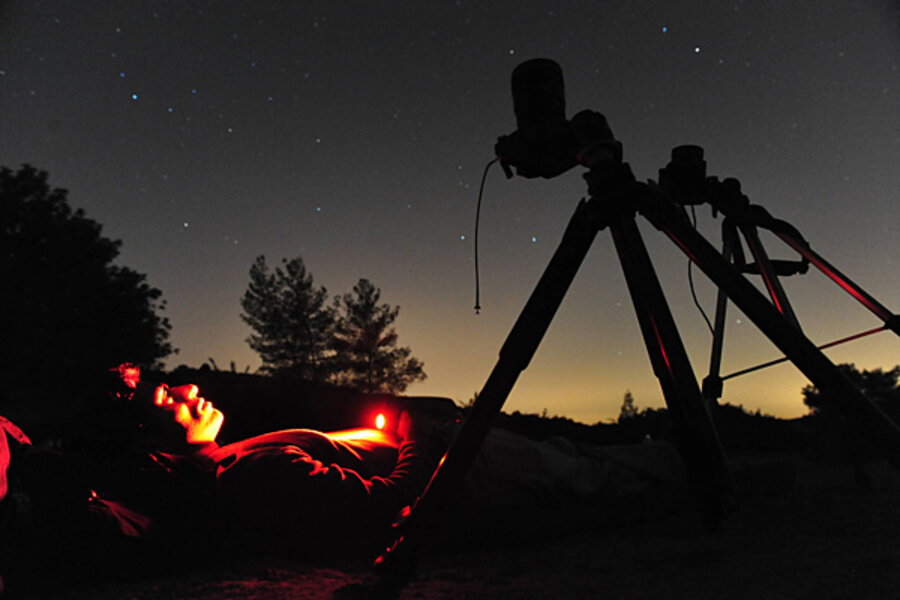Jan. 3-4
The Quadrantid meteor shower is set to give well-bundled skywatchers a great show overnight Jan. 3, weather permitting.
The meteor shower could generate from 60 to 100 "shooting stars" an hour at its peak, astronomers say. The meteors will appear to stream from a spot in the sky below the end of the constellation Big Dipper's handle. But because this spot, or "radiant," is low on the horizon at the predicted peak time of around 8 p.m. Jan. 3, many of those meteors will show up only for viewers well over the horizon, say, in Europe.
Thus, the best viewing for people in North America will still fall somewhere after 1 a.m. Jan. 4, when the radiant rises high enough in the sky to display meteors heading out in all directions, according to Alan McRobert, a senior editor and experience skywatcher at Sky and Telescope magazine.
Astronomers are still puzzling over the source for Quadrantid meteor shower. Many argue that a once-active comet-cum-asteroid 2003EH1 is the source. Others argue for a short-period comet labeled C/1490 Y1, which was last seen in 1491 and so either has broken up or somehow was flung into an orbit that no longer allows astronomers to observe it. Still others suggest the dust and rocks forming the Quadrantid meteor shower represent the remains of an asteroid that disintegrated.





